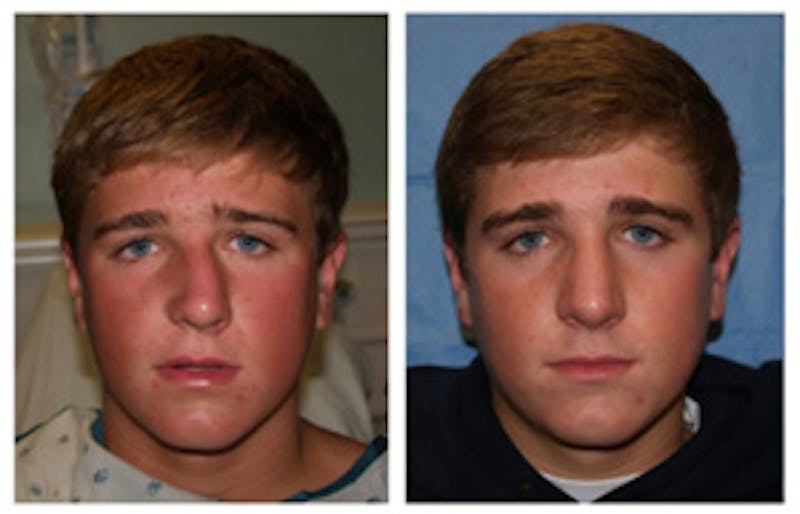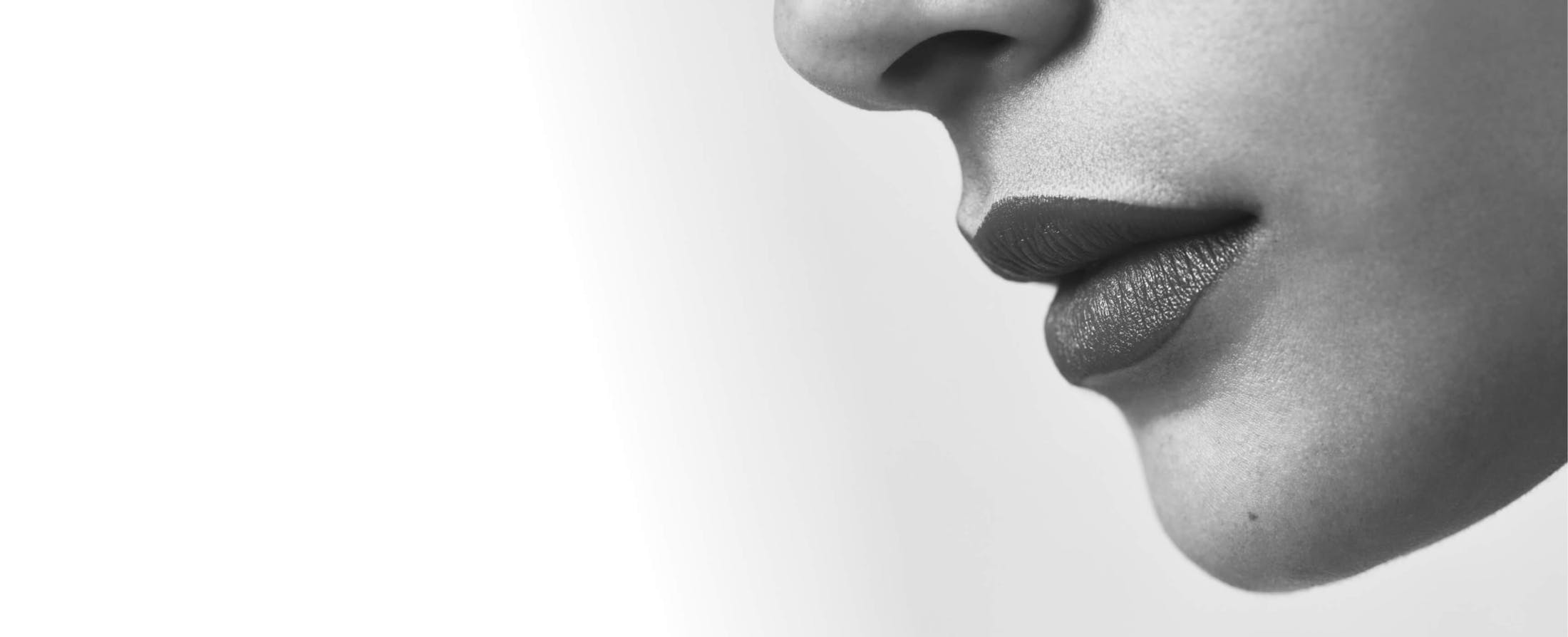
Even when facial plastic surgery is not totally new to someone, they still need to ask questions. Many people, however, hold off asking the things they really want to know. It may be a case of being nervous about the answer they’ll hear or simply not wanting to seem ignorant in front of the surgeon. When it comes to rhinoplasty, one of the more difficult facial plastic surgeries to perform, no question is too silly to ask. Here are five of the rhinoplasty questions that patients often hesitate to ask.
After Six Weeks, I Hate My New Nose. When Can I Schedule a Revision Rhinoplasty?
At six weeks, you are still likely to have swelling, so that is still impacting the final results. Do not rush into a revision surgery yet. It can take an entire year or more before all swelling subsides. A good rule of thumb is to expect about three-quarters of the swelling to have dissipated by the sixth week. By three months, about 90 percent of the swelling is gone. At this point, the swelling that remains will be minimal and hard to notice.
Can My Preteen Have a Nose Job?
A preteen is not a suitable candidate for rhinoplasty. It’s best to wait until a girl is at least 14 years of age, and a boy should be at least 16. This is only an estimate. The teen should have completed the majority of his or her overall growth. In some teens, this happens much later than in others.
Do You Have to Break My Nose During Rhinoplasty to Correct a Bump?
Rhinoplasty surgeons can trim a nose bump without having to fracture the nasal bones, but the results depend on the surgeon’s skill and the shape of your bridge. The end results may not look as good as you’re hoping Sometimes, it’s better to fracture the bones and have the surgeon create a bridge that is smooth and looks completely natural.
How Can I Tell if I Fractured My Nose During a Fight?
| Patient with a broken nose who underwent a Rhinoplasty to repair the form and function of his nose. Rhinoplasty performed by Dr. Moynihan. |
Some people get hit in the nose, and it’s easy to tell the nose is broken. Others have a swollen nose, but no obvious signs of a break. There are two things you should look for to determine if you should head to a rhinoplasty surgeon. First, if it’s been about a week and the swelling has gone down, you should be able to look at your nose and tell if it appears crooked. Second, if the swelling is gone but it’s harder to breathe than it used to be, you may have fractured your nose.
If you have any concerns, time is of the essence. You need to go to a surgeon within 14 days of the injury. After that, the nasal bone begins to set.
I Am Undergoing Otoplasty and Want to Save the Excised Cartilage for a Future Nose Job. Is That Possible?
It is possible, and it’s called “banking.” The cartilage that is excised would need to be implanted below the skin, usually on the scalp. Until your nose job took place, you would have an odd lump that others could see. There’s also a risk of infection at the incision site where the cartilage was banked.
Do you have more rhinoplasty questions? Chicago plastic surgeon, Dr. George Moynihan, has a list of rhinoplasty FAQs you can peruse before scheduling a consultation. Dr. Moynihan is a double board certified facial plastic surgeon located in downtown Chicago. Feel free to call him at (312) 988-9300 with additional questions or to schedule a rhinoplasty consultation.


